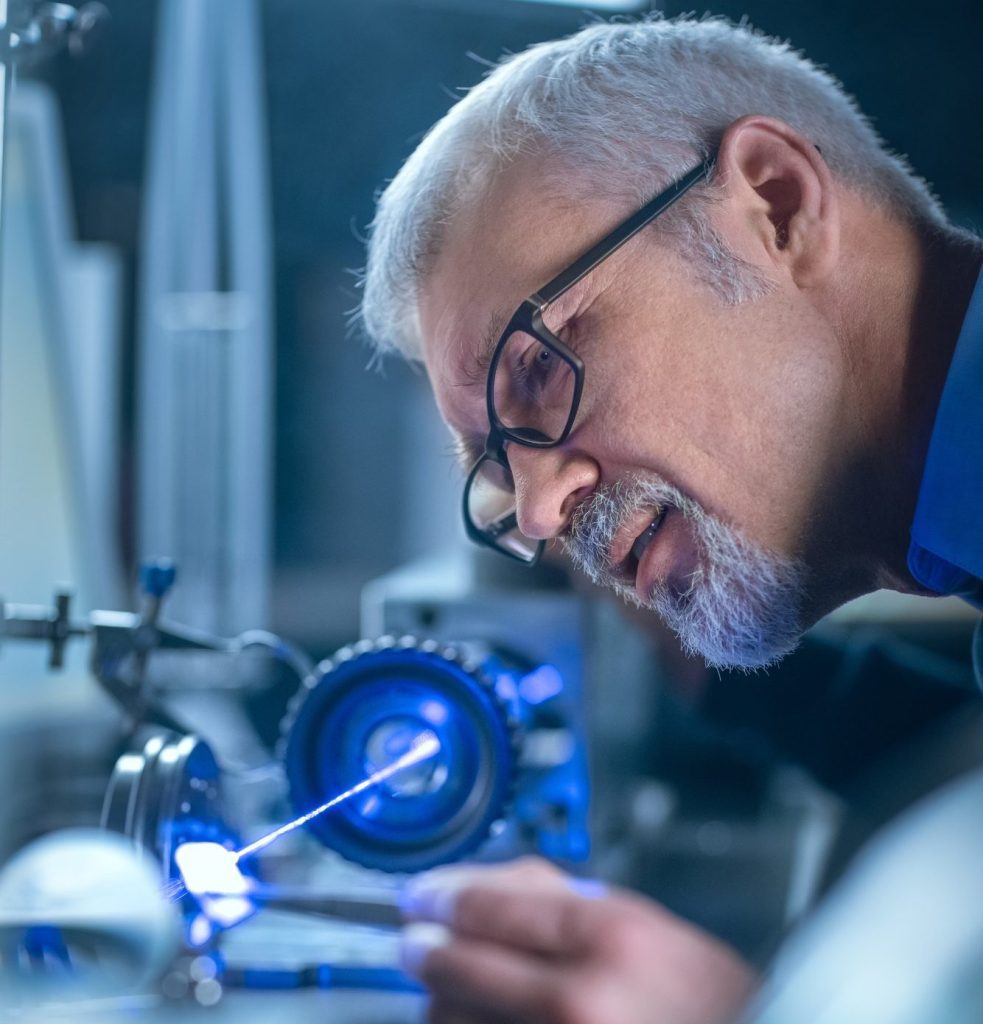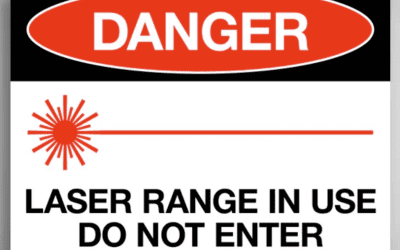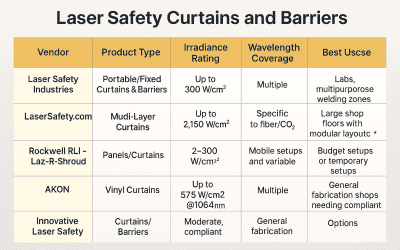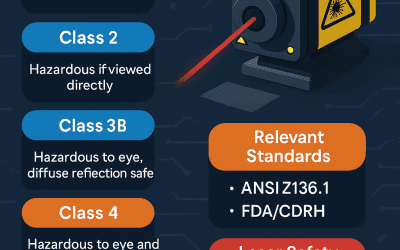What Is The Job Description Of A Laser Safety Officer?
Regulations
OSHA guidelines and the American National Standards Institute (ANSI) standards state that your employer is responsible for ensuring the safe use of all lasers operated in your workplace.
One of your jobs will be to implement a laser safety program. Some of your co-workers may have only a basic understanding of lasers, while others may be in direct daily contact with and operate complex laser systems. You should tailor your safety program to the education and experience levels throughout your organization.
In addition to OSHA and ANSI standards, you may be regulated by the Center for Devices and Radiological Health of the FDA or the Council of Radiation Control Program Directors. Many states have laser safety standards and regulations which should be consulted when creating a laser safety program.
Laser Classifications
Although an LSO is only required for Class 3B and Class 4 lasers (and some Class 3R systems), it is important to know that states are creating new rules and regulations regarding laser safety. Therefore, your state may have specific rules for other classes of lasers. At the very least, employees working around lasers above Class 1 should have a general knowledge of lasers and the potential hazards they pose.
It is the employer’s responsibility to provide a laser safety program within the company to all employees who might encounter laser systems of Class 3B and Class 4. Once an LSO is appointed, he or she will be responsible for, among other things, managing the safety program, performing hazard evaluations, managing the safety equipment, applying safety control measures, and monitoring compliance.
Training
Employees must be educated with a laser safety training program. This includes generalized information about safety, as well as application specific training, especially in the case of equipment maintenance. Safety control measures must be installed around the lasers systems, to mitigate laser hazards.
Accidents must be investigated and reported by the LSO, who must also prepare plans of action for preventing potential accidents in the future. Medical examinations of employees should be considered. This includes having an eye doctor record an image of the retina, or record preexisting skin damage on face and hands.
LSO Responsibilities
As the Laser Safety Officer, you are responsible for the required control measures shown below:
- Class 1 – None
- Class 1M – None, unless viewed with collecting optic or other optical aids.
- Class 2 – None, unless the beam is viewed directly.
- Class 2M – None, unless the beam is viewed directly, or with a collecting optic or viewing aid.
- Class 3R – None, unless the beam or specular reflection are viewed directly.
- Class 3B – Requires control measures to reduce the probability of the laser beam damaging the skin or eyes, either by direct viewing or specular reflection. Diffuse reflections also pose a fire hazard. The LSO must approve of or implement themselves the control measures.
- Class 4 – Requires all of the same control measures as Class 3B, but also poses a risk to the surrounding volume by producing plasma radiation or other air contaminants.
Control measures come in three main categories: engineering, administrative, and personal protective equipment.
- Engineering controls are built into the system and should be the primary source of safety for operators and viewers.
- Administrative controls consist of training to be carried out by the LSO and given to any personnel that may come in contact with the laser system.
- Personal Protective Equipment (PPE) is the safety clothing, gloves, and goggles that all operators and viewers must wear when around the laser systems.
The Laser Safety Officer (LSO) is also responsible for identifying the classification of equipment in the lab or workspace. If there is a laser system that is custom built or has been modified, it is up to the LSO to reclassify the system.
The LSO is also responsible for training employees on the specific laser being used. The manufacturer should be consulted for assistance with this. An internal laser safety program is the recommended best practice and sometimes required depending on the laser in use. Our online courses are a great solution to fulfill this need. LSO’s should maintain a record of all training and certifications in the event of an OSHA audit.
Conclusion
Our Laser Safety Officer Certification courses give you an in-depth exploration of these and other topics, as well as the laser basics we provide in our operator/technician courses.




